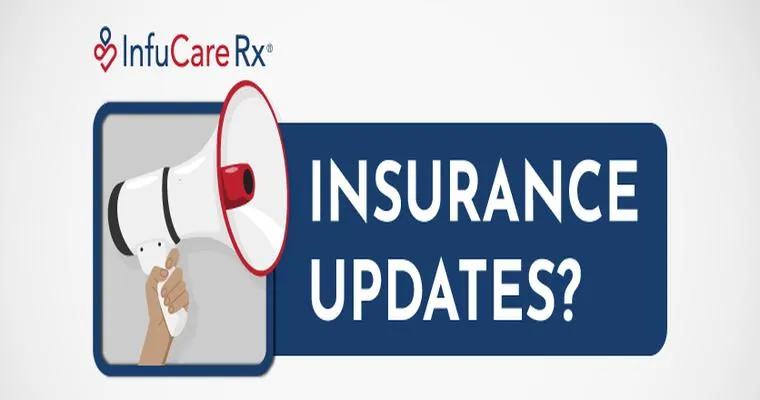Navigating the complexities of Medicare can be challenging, especially when it comes to understanding the "penalty for Part D lapse". Many individuals are often unaware of how important it is to maintain continuous enrollment in their "Medicare prescription drug coverage". A lapse in coverage can result in significant financial penalties and complications in accessing necessary medications. In this article, we will explore what a "Part D lapse" is, how penalties are calculated, and what you can do to avoid these costs.
A "Part D lapse" occurs when a beneficiary fails to maintain their Medicare prescription drug coverage for 63 consecutive days or more. This lapse can happen for various reasons, including not enrolling during the initial enrollment period or failing to renew a plan after it expires. Understanding the implications of this lapse is crucial, as it can lead to a "late enrollment penalty" that affects your monthly premiums.
The "late enrollment penalty" for Part D is calculated based on the number of months you were eligible for coverage but did not enroll. Specifically, the penalty is 1% of the national base premium for each month you went without coverage. This means that if you had a lapse in coverage for 12 months, your penalty would be 12% of the national base premium added to your monthly cost. This penalty is not just a one-time fee; it will be added to your monthly premiums for as long as you have Part D coverage.
To avoid these penalties, it is essential to understand the enrollment periods. The "Initial Enrollment Period" (IEP) allows new beneficiaries to sign up for Part D when they first become eligible. Additionally, there are "Annual Enrollment Periods" (AEP) that occur each year, during which you can switch plans or enroll if you are not already covered. Staying informed about these periods and ensuring you are enrolled can save you from unnecessary penalties.
If you find yourself facing a "penalty for Part D lapse", there may be some options available to mitigate the impact. You might qualify for a "special enrollment period" if you have experienced certain life events, such as moving or losing other health coverage. Additionally, some beneficiaries may qualify for "extra help" programs that can reduce costs associated with prescription drugs.
In conclusion, understanding the "penalty for Part D lapse" is crucial for anyone enrolled in Medicare. By staying informed about your coverage options and the importance of continuous enrollment, you can avoid costly penalties and ensure you have access to the medications you need. If you have questions or need assistance, consider reaching out to a Medicare advisor or visiting the official Medicare website for more information.





